1. Blockbuster
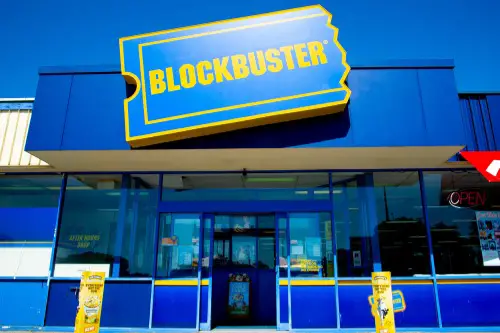
Once the undisputed king of Friday night movie rentals, Blockbuster was a staple in American strip malls. At its peak in the early 2000s, it had over 9,000 stores and was a cultural icon. But it failed to adapt to the digital age, famously passing on a chance to buy Netflix for $50 million in 2000, according to Steve Mollman from Fortune. That decision sealed its fate as on-demand streaming became the norm.
Netflix, of course, filled the void and then some. It started as a DVD-by-mail service and morphed into the streaming giant we know today. Its convenience and innovation turned Blockbuster’s late fees and limited inventory into a relic of the past. Ironically, Netflix now has its own competitors—but Blockbuster never got that chance.
2. Toys “R” Us
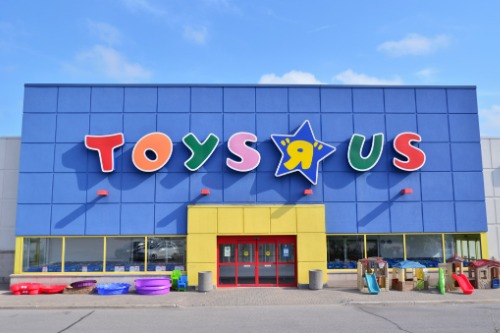
Toys “R” Us was the ultimate childhood wonderland, with aisles that seemed to go on forever. Founded in the late 1940s, it became a toy megastore and a birthday shopping tradition. But the rise of e-commerce, along with crushing debt from a leveraged buyout, led to its 2017 bankruptcy. Even with attempts to relaunch, it’s never come back in full swing, according to Ben Unglesbee from Retail Dive.
Amazon quickly became the go-to for toys, with cheaper prices, faster shipping, and an almost endless selection. Walmart and Target also stepped in, ramping up their toy sections to fill the vacuum. Kids today may not know Geoffrey the Giraffe, but they sure know how to add a LEGO set to a digital cart. It’s a reminder that nostalgia doesn’t always translate to profit.
3. RadioShack
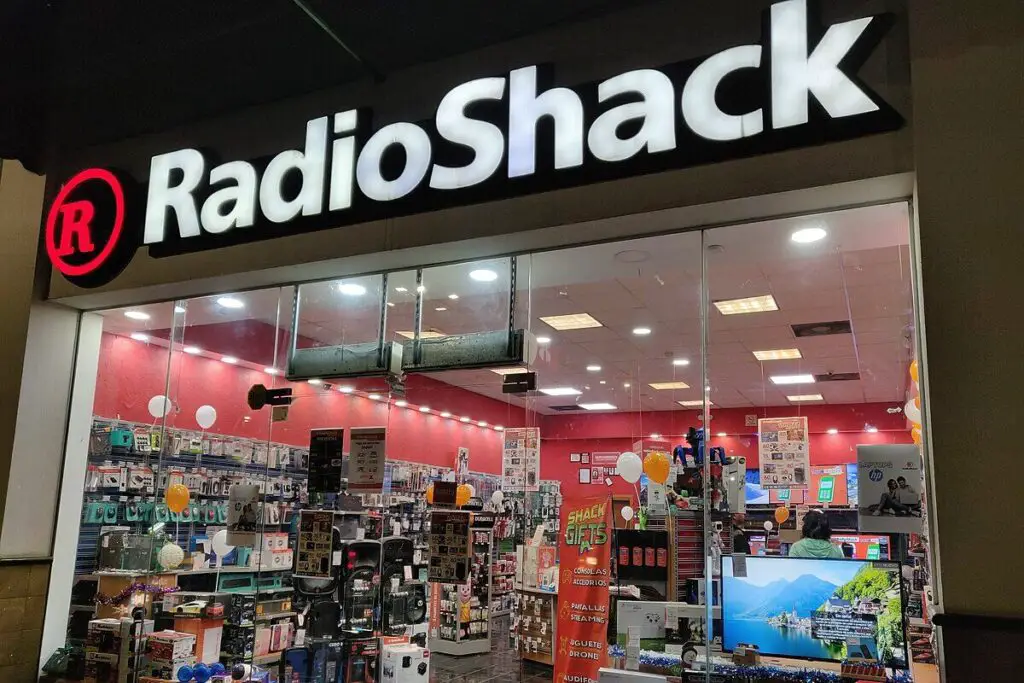
RadioShack was the nerdy paradise for DIY tech fans and hobbyists. You could walk in needing a resistor and somehow walk out with speaker wire, batteries, and a new project. But as tech evolved, people didn’t need to build or repair as much—they just bought new. And with online retailers offering more for less, RadioShack couldn’t keep up, Andriy Blokhin from Investopedia explains.
Best Buy absorbed some of its customer base, but Amazon really closed the deal. You can now find just about any component online and get it in a day or two. Plus, YouTube tutorials made it easier to learn electronics without a RadioShack staffer helping you. What was once a go-to for tinkerers faded quietly into history.
4. Borders
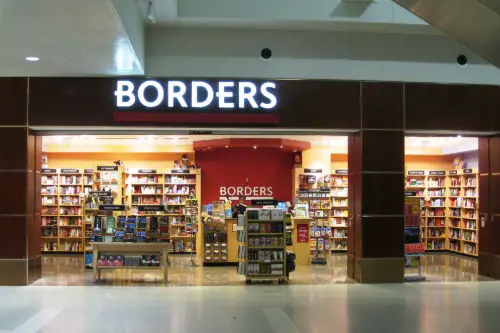
Borders was the cozier, quieter cousin to Barnes & Noble, and for many, it was a booklover’s sanctuary. They even had a decent music section and strong community vibe with in-store events. But their late move into e-books and poor inventory management hurt them. After filing for bankruptcy in 2011, all locations were shuttered.
Barnes & Noble survived—barely—by pivoting harder into e-books and refining their physical stores, according to Yuki Noguchi from NPR. Amazon, though, changed the entire game, dominating both the e-book and print markets. Readers now have instant access to millions of titles, which Borders just couldn’t compete with. Ironically, there’s a growing craving for local bookstores again—but Borders was too big to feel small.
5. Pan Am

Pan American World Airways was once the glamorous face of international travel. Think sleek uniforms, champagne in first class, and those iconic blue globes. But rising fuel costs, terrorism threats, and poor management chipped away at its prestige. It went under in 1991, ending an era of stylish air travel, Andy Ash from Business Insider explains.
Delta and United took over many of Pan Am’s routes, while the airline industry as a whole moved toward no-frills efficiency. Budget carriers like Southwest and JetBlue filled in the domestic space, changing expectations around what flying should be. Comfort gave way to cost-cutting, and legacy brands like Pan Am just couldn’t pivot. The romance of flying died with it, many would say.
6. Circuit City
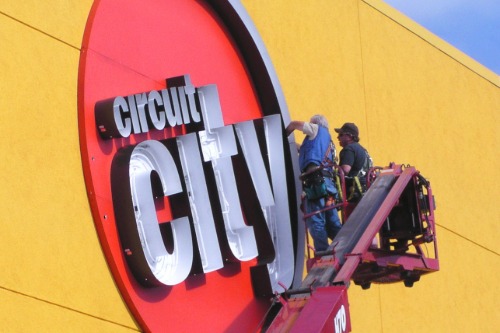
Circuit City was Best Buy’s main competitor in the ’90s and early 2000s. They sold everything from big-screen TVs to the latest Walkman, and their red-shirted staff were everywhere. But poor leadership decisions—like firing their most experienced employees to cut costs—hurt them deeply. They filed for bankruptcy in 2008 and never fully recovered.
Best Buy absorbed many of their customers and stores, especially with their emphasis on price-matching and tech support. Amazon, yet again, became the go-to for electronics, offering even better deals and easier returns. The brick-and-mortar model Circuit City relied on simply couldn’t compete. The name still floats around online but it’s just a shadow of the original.
7. A&P (The Great Atlantic & Pacific Tea Company)
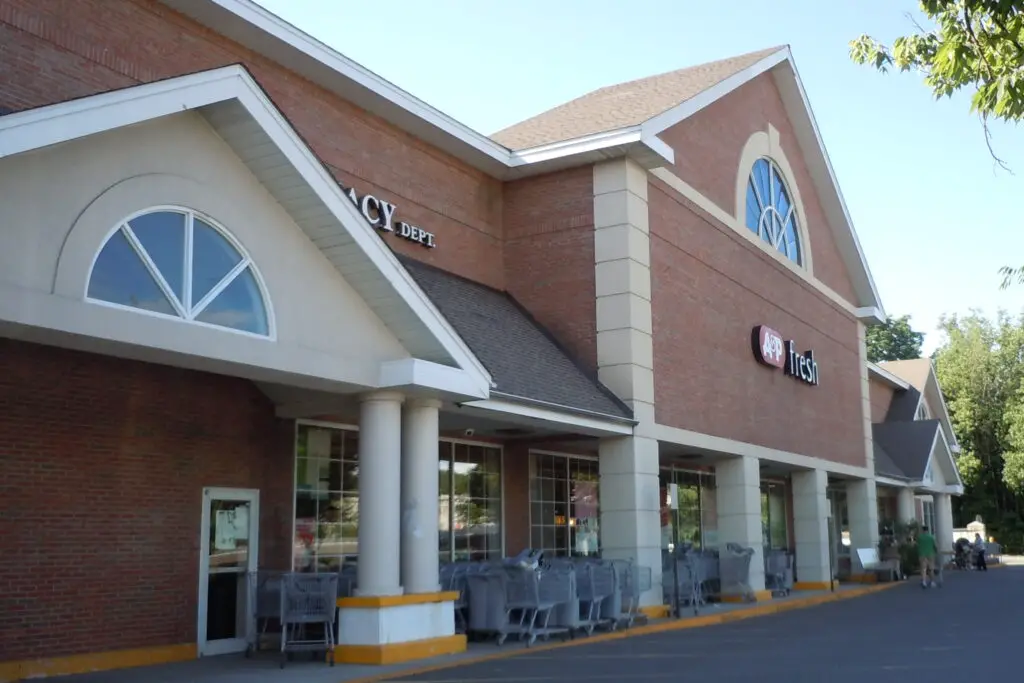
A&P was once the biggest grocery chain in America, peaking at over 15,000 stores. It introduced the idea of the modern supermarket, changing how people shopped for food. But competition from Walmart, Target, and more agile grocers chipped away at its market share. It finally shut its doors in 2015 after years of decline.
Walmart and Kroger took up much of the slack, with regional chains like Publix and H-E-B also stepping in. These companies were better at adjusting to trends like organics, loyalty programs, and digital coupons. A&P felt like a relic—slow to modernize and out of step with consumer habits. For a brand that practically invented the supermarket, its end was shockingly quiet.
8. American Apparel
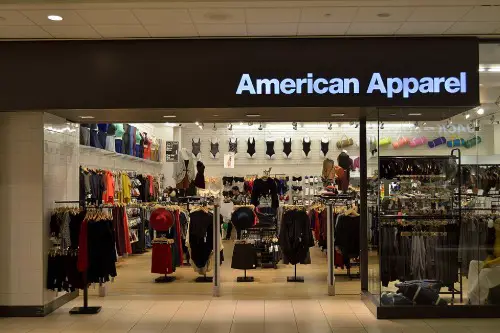
Known for its “Made in USA” ethos and edgy ads, American Apparel rode the wave of hipster cool in the 2000s. But controversies surrounding its founder, Dov Charney, and financial instability caused its downfall. The company filed for bankruptcy twice, in 2015 and 2016, before shutting down retail stores. It still exists online, but it’s not the same.
Brands like Everlane and Reformation have taken the ethical fashion mantle, focusing on transparency and sustainability. Meanwhile, online-only shops filled the gap with simpler supply chains and better social media strategy. American Apparel was ahead of its time in many ways—but also a victim of its own chaos. The values lived on, even if the brand didn’t.
9. Linens ‘n Things
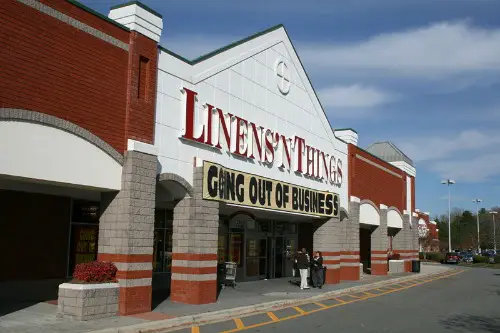
If you ever needed a new set of towels, curtains, or a garlic press, Linens ’n Things was the place. It was a major home goods retailer and a direct rival to Bed Bath & Beyond. But it couldn’t survive the 2008 recession and filed for bankruptcy that same year. Its remaining assets were eventually sold off and liquidated.
Bed Bath & Beyond took a lot of its former market, but even that chain faced its own struggles later. Now, stores like HomeGoods and online giants like Wayfair dominate the space. Consumers just prefer convenience and endless variety, which traditional stores struggled to match. Linens ’n Things tried to relaunch online—but it never caught fire.
10. Compaq

In the early days of personal computing, Compaq was a big name. It was one of the first companies to legally reverse-engineer IBM’s PCs, opening the door to competition. But the brand lost steam after being acquired by HP in 2002. Over time, HP phased it out to streamline its product lines.
Today, Dell, Lenovo, and Apple dominate the PC landscape. HP still makes computers, but the Compaq name quietly vanished from store shelves. It’s a reminder of how fast tech brands can come and go—even pioneers. The laptop you’re typing on now may owe its existence to Compaq’s early innovations.
11. Tower Records
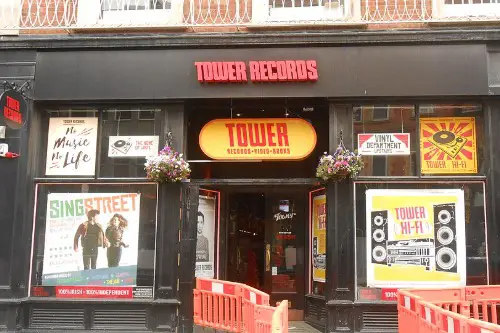
Tower Records was the mecca for music lovers—vinyl, CDs, posters, and everything in between. At its height, it had over 200 stores worldwide and hosted in-store performances by major artists. But digital downloads and piracy hit hard, and the company filed for bankruptcy in 2006. iTunes was the final nail in the coffin.
Today, streaming services like Spotify and Apple Music have redefined how we discover and listen to music. Physical music stores are a rarity, often limited to indie record shops. Tower tried to make a comeback online, but it’s mostly a nostalgic brand now. Music didn’t die—it just moved to the cloud.
12. Pets.com
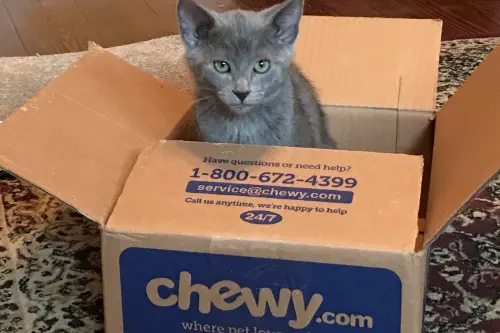
Remember the sock puppet mascot? Pets.com was a poster child for dot-com excess in the late ’90s. It launched with high hopes but collapsed within two years, burning through investor money. The logistics of shipping pet food and supplies just didn’t add up at the time.
Chewy.com, on the other hand, learned from those mistakes and thrived. It built better supply chains and focused on customer service, eventually getting acquired by PetSmart. It’s now one of the biggest pet retailers in the U.S. Pets.com walked so Chewy could run—though maybe not on four legs.
13. Oldsmobile
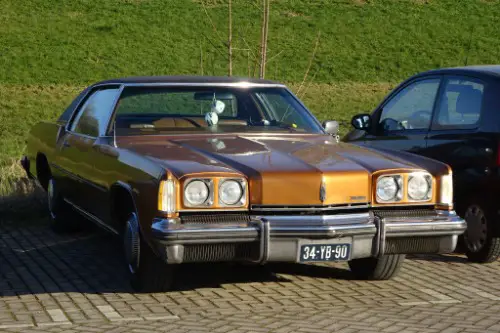
Oldsmobile was one of America’s oldest car brands, with roots going back to 1897. It was known for being innovative, introducing features like the automatic transmission. But by the 1990s, its identity got lost in the GM lineup and sales plummeted. Production ended in 2004 after more than a century.
Buick and Chevrolet absorbed much of Oldsmobile’s market share, offering similar vehicles with stronger branding. GM chose to focus its efforts where it saw growth, and Oldsmobile just didn’t fit the future. Today, it’s mostly remembered by collectors and car buffs. Another classic name, quietly retired.


